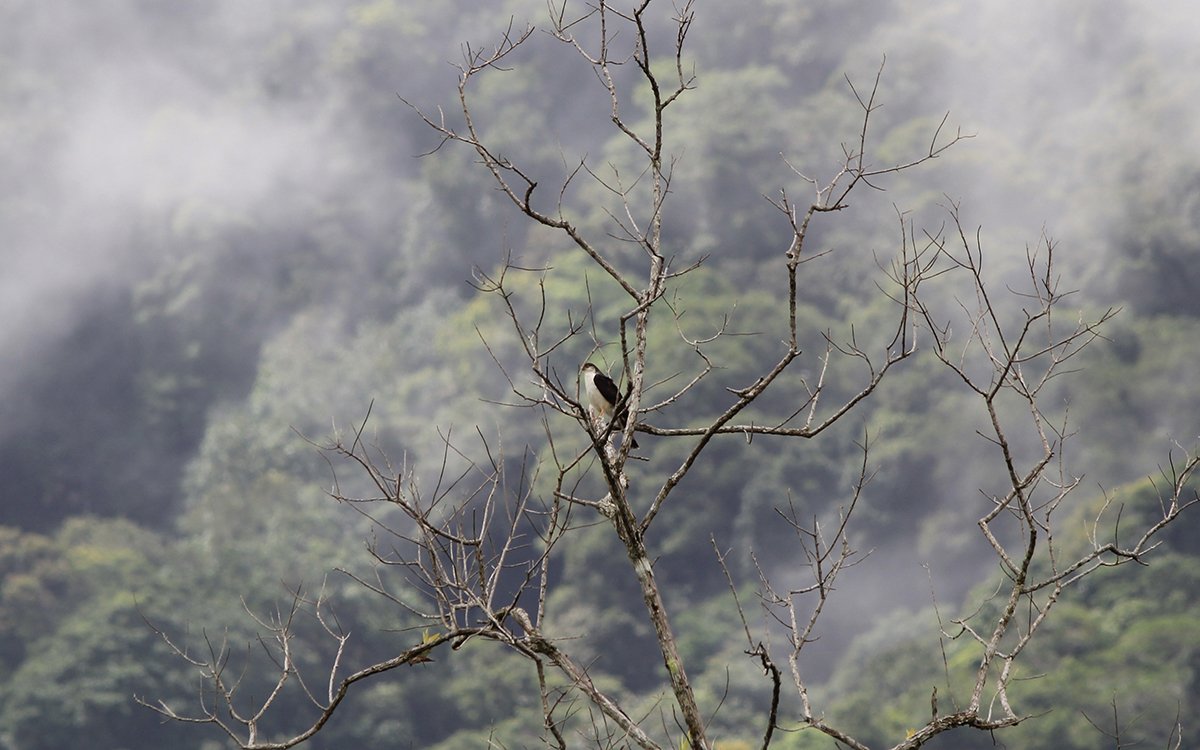
The birding around Lago de Yojoa in Honduras is frankly phenomenal, as I learned during a June 2018 birding junket organized by the Instituto Hondureño de Turismo. We spent two blissful days exploring both the waders and wildlife of Lake Yojoa and the tropical splendor of PANACAM Lodge. But our adventurous group, led by Oliver Komar and Yobani A. Peraza, could not sit still knowing that so many tasty target birds could be found within easy driving distance.
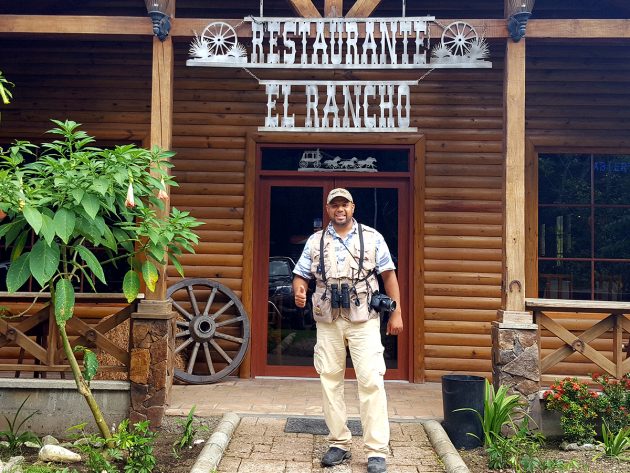 Meet Alex Martinez Matute, hotelier and birder extraordinaire
Meet Alex Martinez Matute, hotelier and birder extraordinaire
EL RANCHO HOTEL Y RESTAURANTE
Any sane birder (I won’t speak for the crazy ones) visiting Honduras hopes to see that nation’s only known endemic, a delicate and sporadically distributed hummingbird called the Honduran Emerald. While the emerald can be locally abundant, the localities themselves are rare. Many past visitors devoted a full day to chasing this endangered icon at an Aguan Valley rainshadow reserve within driving distance of Pico Bonito, while others sometimes got lucky in the dry scrub near Gracias. However, while visiting birders typically sought out the emerald in its favored habitat of very dry tropical forest, local ones have been finding the emerald in less likely locations. A new, reliable spot for Honduran Emerald has just recently been discovered within an hour of Lake Yojoa, along with some staggering side targets.
Alex Martinez Matute, proprietor of El Rancho in El Cajon, Santa Cruz de Yojoa (eBird hotspot), might not have taken up birding until 2015 or so, but he’s certainly made up for lost time. Since he first started walking his property, he’s located a slew of species so exciting that birders are starting to turn up at his doorstep. Luckily, he knows where they all are and wants you to see them!
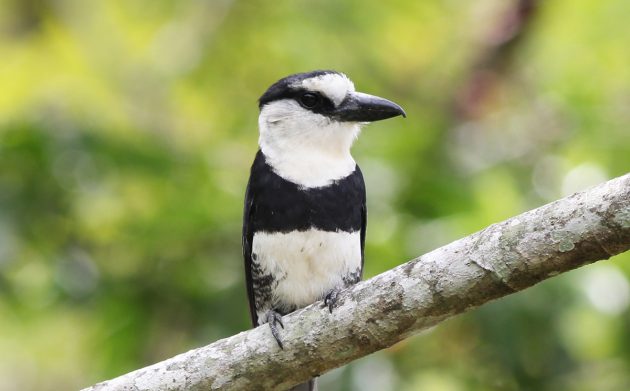 White-necked Puffbird © José A. Maradiaga
White-necked Puffbird © José A. Maradiaga
Alex first led our group to nesting Yellow-tailed Orioles, which made spotting these exquisite but elusive birds gratifyingly easy. We quickly moved on to his Honduran Emerald spot, though our progress was slowed considerably by singing Blue Buntings and a White-necked Puffbird preening in the sunshine. Bang, bang, bang… just like that, we had three killer birds offering stunning views.
Nonetheless, a birder’s initial experience in Honduras sets him or her on an inexorable course towards the only species currently named for this gem of a country. Alex knew exactly where the emerald would be, but even he was surprised at how quickly the hummingbird arrived or how interactive it would be. The emerald put on an amazing show, buzzing right up to some of us and darting past others. If that wasn’t enough, we also spotted fun species like Gray-crowned Yellowthroat, Cinnamon Hummingbird, Canivet’s Emerald, and Northern Beardless-Tyrannulet at the same site.
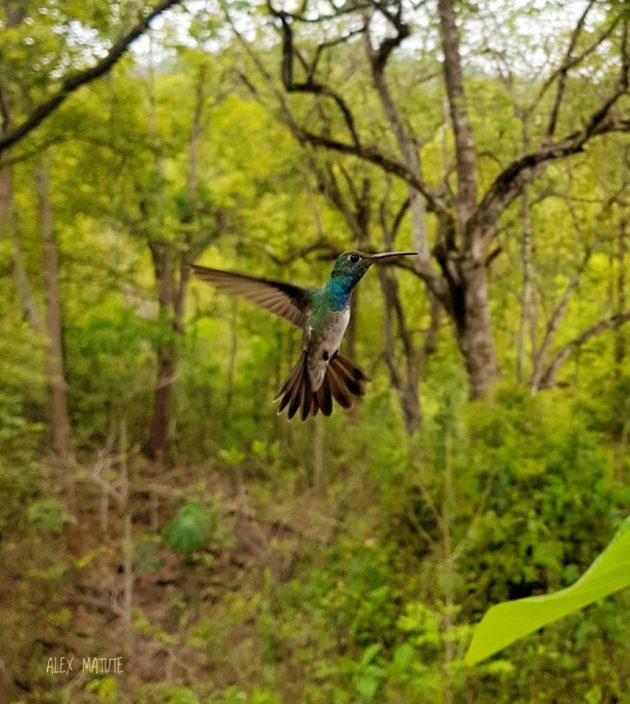 A very curious Honduran Emerald © Alex Matute
A very curious Honduran Emerald © Alex Matute
Believe it or not, Alex is not currently charging birders to visit his property or enjoy these terribly valuable birds. All you need to do is eat at his restaurant, which is so good that you’d be noshing there anyway. You can even stay at his hotel, which is unexpectedly gorgeous with large, comfortable rooms and a lovely swimming pool. Plus, if you visit, you might meet the tame Keel-billed Toucan Alex nursed back from injury. Our all-too-brief morning at El Rancho Hotel Y Restaurante stands out as one of my favorite memories of Honduran birding, so make sure you get here.
ECO FINCA LUNA DEL PUENTE
Into every Neotropical birding adventure, a little rain must fall. That is how the saying goes, right? Anyway, the inevitable afternoon deluge poured down just as our group rolled up to EcoFinca Luna del Puente Reserva Natural Privada, a charming family farm that is becoming as popular for birds (eBird hotspot) as it is for chocolate and coffee. Luckily, the finca’s open air patio is the perfect place to ride out a storm, especially while enjoying unbelievable homemade gourmet chocolate and coffee. Who says birding has to be barbaric?
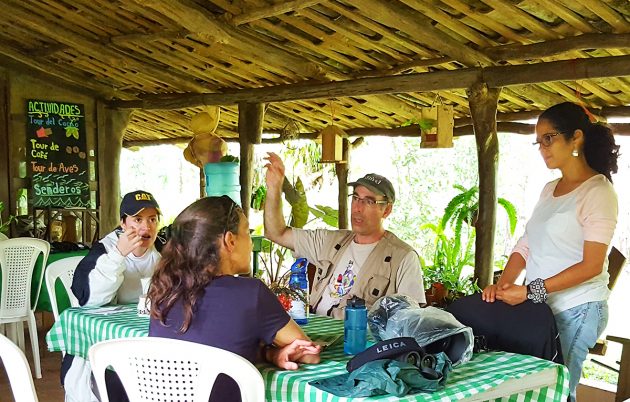 Riding out the rain with Shary Zepeda, Sophie Osborn, Oliver Komar, and owner Cecilia
Riding out the rain with Shary Zepeda, Sophie Osborn, Oliver Komar, and owner Cecilia
Once the rain let up enough, we walked the fields and trails in search of our targets. Eco Finca Luna happens to be a very reliable spot for Blue Ground-Dove, though not for me. Prevost’s Ground-Sparrow, on the other hand, made the scene with their gorgeous white faces and button eyes. In less than an hour, we racked up a considerable number of hummingbirds, flycatchers, wrens, tanagers, and other tropical delights. Unfortunately, we didn’t have time for the cacao tour or any of the other activities that make EcoFinca Luna del Puente such an attraction. For birding and chocolate that good, I’d gladly return.
MONTANA DE VIDA
In a country as mountainous as Honduras, you’re bound to find those who want to live high above the mundane concerns of lowlanders. One such community well worth a visit for birders can be found at Montaña de Santa Bárbara. This heavenly peak, part of the Lago Yojoa Basin, is the largest limestone massif in Central America and home to all manner of montane rain forest birds. Not every vehicle can attain the summit when the roads are washed out–ours failed the test–but, luckily, Esdras Lopez Mejia had no problem ferrying us to the top.
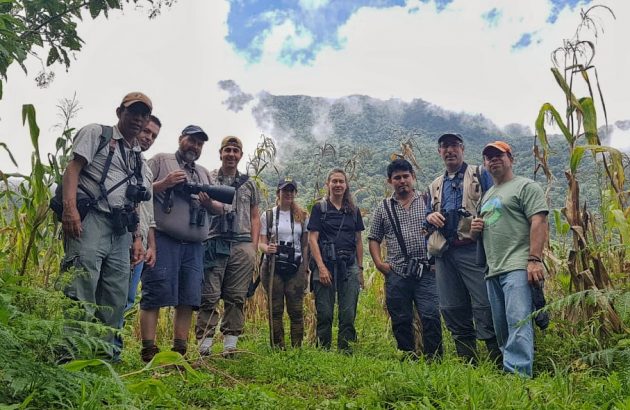 Loving life on Montaña de Vida © José A. Maradiaga
Loving life on Montaña de Vida © José A. Maradiaga
Esdras, fluent in both Spanish and English, serves as a bird guide for Montaña de Vida, a wholly community-run enterprise devoted to local conservation and sustainable ecotourism. He was ready to lead us along the Sendero Quetzal (eBird hotspot), known for species like the Northern Emerald-Toucanet, Black-headed Nightingale-Thrush, Elegant Euphonia, and–obviously–Resplendent Quetzal, but first came a special treat. Guests at the Cabañas de La Aguja, a gorgeous mountain retreat amidst farms and forest, heard something spooky in the night from a coffee and banana plantation. What sounds spooky at night? In this case, Vermiculated Screech Owls! We luxuriated in stunning views of one adult, though the previously spotted chick was nowhere to be found:
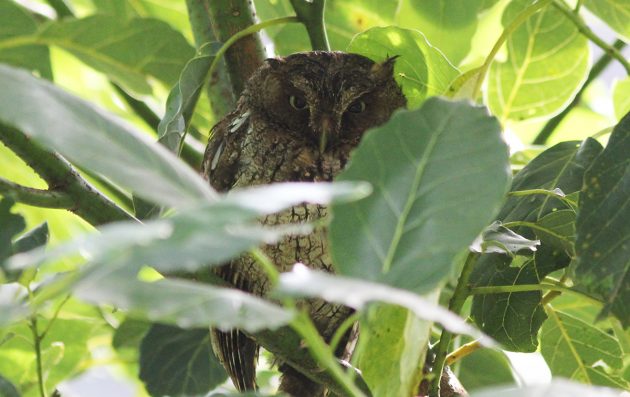 Vermiculated Screech Owl © José A. Maradiaga
Vermiculated Screech Owl © José A. Maradiaga
The Quetzal Trail itself brought us on an breathtaking tour of farm fields and thickets en route to an enticing private forest reserve, where quetzals and other tasty targets dwell. I regret to say that I dipped on quetzal yet again, but saw so much that made the morning memorable. Among the more interesting species were Swallow-tailed Kite, Green-throated Mountain-gem, Plain Xenops, Eye-ringed Flatbill, Golden-crowned Warbler, and Flame-colored Tanager, along with the expected toucanet, nightingale-thrush, and euphonia.
We failed to find whatever provoked a mob of Brown and Bushy-crested Jays in the high elevation virgin forest, but I thought I caught a glimpse of some sort of raptor. In the absence of that or my nemesis quetzal, the most magnificent bird on this trail had to be White-breasted Hawk, an incredibly charismatic accipiter currently treated by the AOU as a subspecies of Sharp-shinned Hawk. Not only did an adult perched up high atop a bare tree grant us epic looks, but we even tracked down a wicked-looking juvenile hiding in a thick bush.
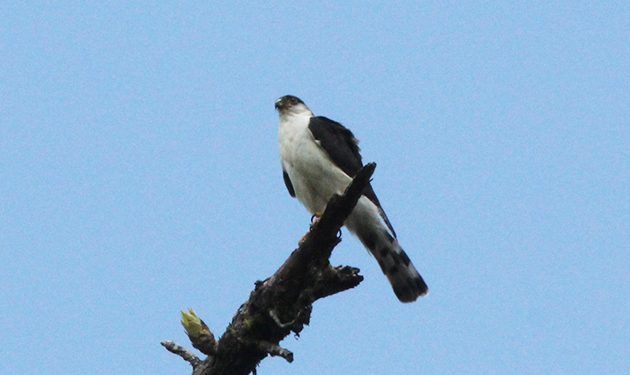 White-breasted Hawk © José A. Maradiaga
White-breasted Hawk © José A. Maradiaga
Montaña de Vida birding combines amazing diversity with a deep sense of beauty and tranquility. I really enjoyed experiencing both the natural attractions and the quiet mountain communities that work so actively and cooperatively to preserve this magical ecosystem. Visitors in the Lake Yojoa area would be crazy not to contact Esdras (esdraslopez2011@hotmail.com) or the Montaña de Vida group for a guide to a great day of birding… and a lift up the mountain!
These three excursions, combined with the already rich birding opportunities around Lago de Yojoa and Cerro Azul Meambar National Park, establish the Lake Yojoa Basin as a prime destination for travelers seeking the best birding Honduras or even Central America as a whole has to offer. Each spot I visited for only a few hours at most deserved days of thorough exploration and undoubtedly took the place of equally exceptional birding locations. Considering how the national birding scene is evolving, I can see the Lake Yojoa area becoming a major center of gravity on the Central American birding circuit. But two days in this magnificent region had to suffice, as we were headed to Gracias. Details are coming soon!
*****
I will always be grateful to Instituto Hondureño de Turismo for showing me how phenomenal birding, culture, and hospitality can be in Honduras (and sharing some of the better photos you see above!) Muchas gracias as well to Professor Oliver Komar, Yobani A. Peraza of Xukpi Tours, and other outstanding local guides for getting us on so many amazing birds!
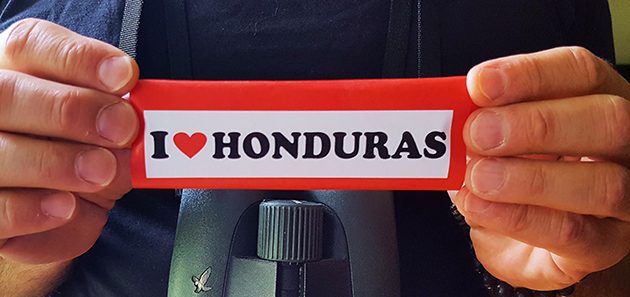







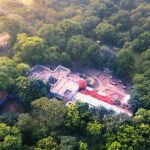
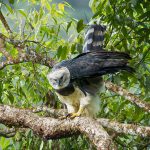
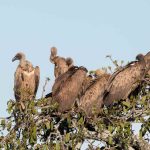
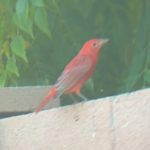
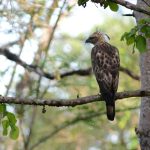
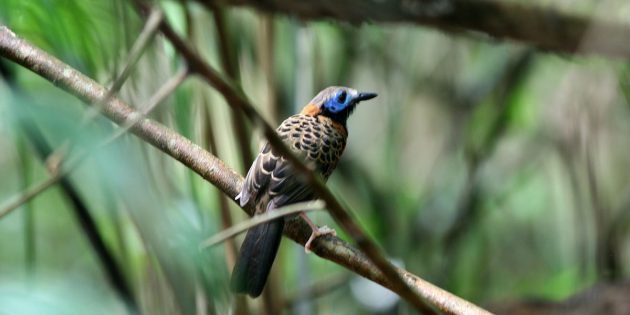
Leave a Comment